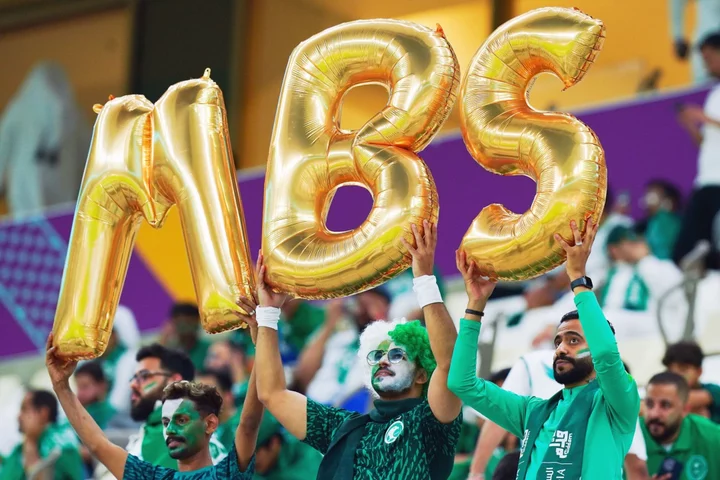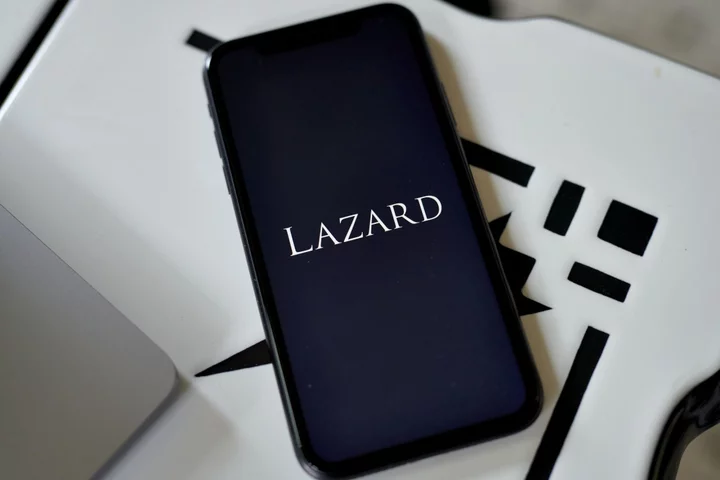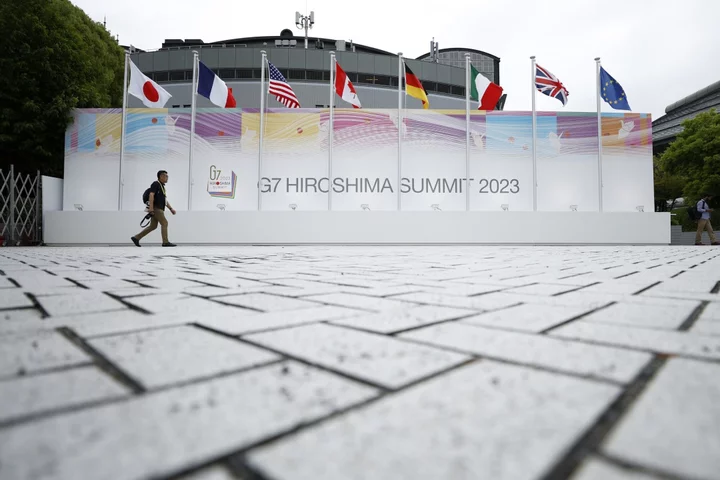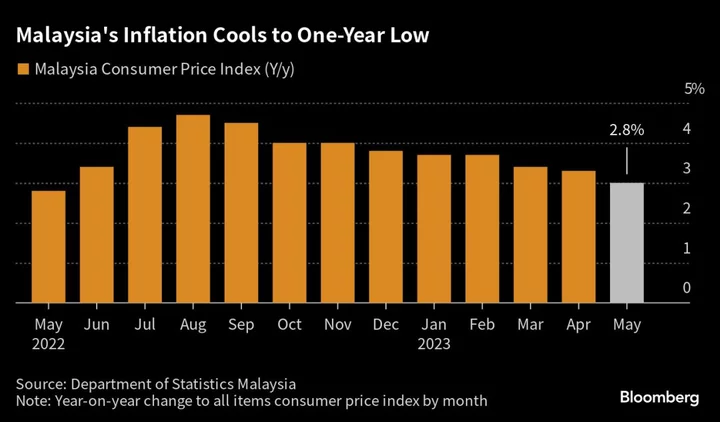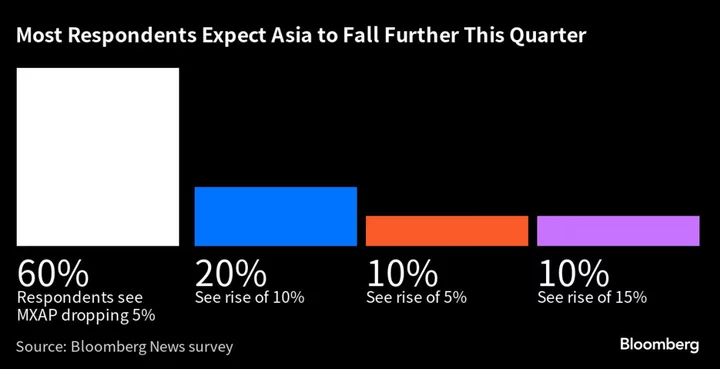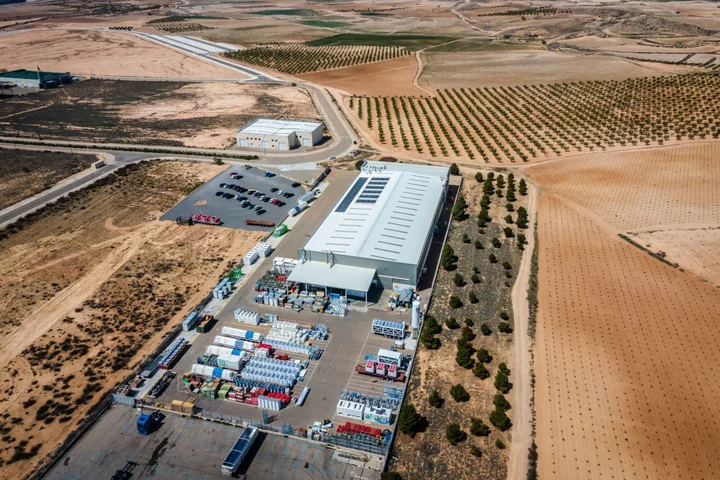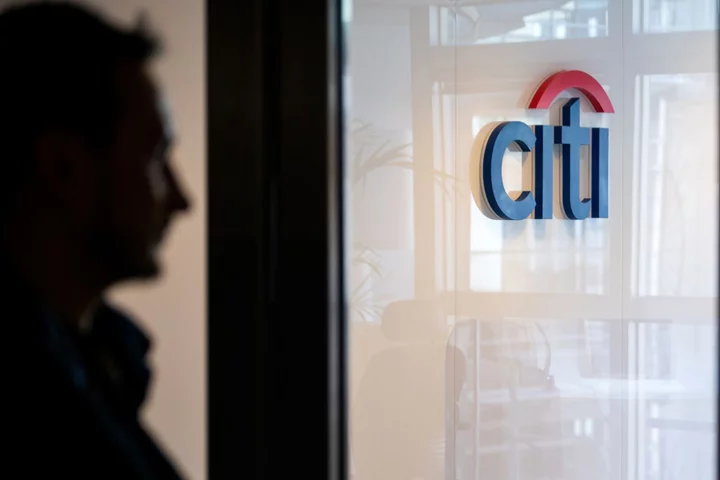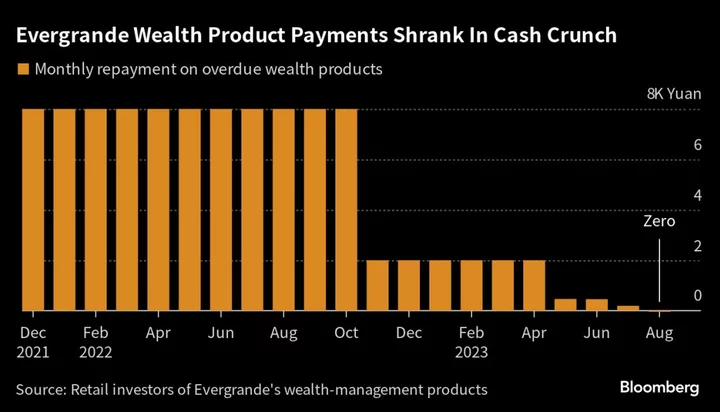The game at the King Abdullah Sports City stadium in Buraydah had the atmosphere of any spirited local football rivalry. Supporters in yellow jerseys banged drums and illuminated the late evening sky with flares.
Yet if the Saudi Pro League match between Al Taawoun and Al Raed demonstrated the passion for the world’s most popular game, it also shone a light on how the sport’s transformation to become a financial force in the kingdom will take more than huge sums of money.
Saudi Arabia has created a lot of razzmatazz around football of late. It’s spent $1 billion luring players from Europe and is set to be named host of the World Cup in 2034. In the capital of the conservative Qassim region, though, fans were still getting used to the idea of the new Saudi Arabia leaving behind some of the social norms of the old Saudi Arabia.
Men and women mixed in the 24,000-seater stadium, albeit in small numbers with most female fans preferring to sit in the family section above the VIP stand, but still something unthinkable until 2018. A pickup truck with a makeshift minaret blasted out the sunset call to prayer outside. Fans clustered at the back of the mobile mosque, and water was dispensed for ablutions.
Unlike in previous seasons, kick-off times are now aligned to broadcasters rather than imams. “This is an unacceptable excuse,” said Hassan, a 33-year-old fan of Al Taawoun, on his motorbike with his friend Sultan behind him as they were getting ready to leave after the match.
Others were also finding it a challenge. Faisal, another Al Taawoun fan, went to pray and missed the first goal, Brazilian striker Joao Pedro’s opener after nine minutes. His friend, who stayed to save their seats, went to pray when Faisal returned. He missed Saudi defender Waleed Al-Ahmed netting the second.
Under its millennial de facto leader, Crown Prince Mohammed bin Salman, the kingdom has seen breakneck change over the past seven years as he loosened the grip of the ultra-conservative Wahhabi clerics, while clamping down on dissent.
The goal, called Vision 2030, is to transform the oil-based economy by developing new industries, including entertainment for a massive youth population. Football has in a way served as a useful channel for self-expression — as long as it’s about teams and players.
The aim is to generate 2.5% of economic growth from sports, and recent years have seen Saudi Arabia host high-profile events like Formula One races, boxing matches and the Dakar Rally. In December, FIFA’s Club World Cup football tournament comes to Jeddah.
The creation of a wealthy local league is part of that strategy. The Saudi wealth fund, which owns English Premier League team Newcastle United, acquired a 75% stake in four local clubs: Al Ittihad, Al Ahli, Al Nassr, and Al Hilal. The aim is to quadruple the league’s annual revenue to $480 million by 2030. That needs broadcasters to show games, and more eyeballs on them.
The next step was to buy stars, starting with Al Nassr’s signing of Portugal’s Cristiano Ronaldo for a reported $200 million a year in 2022. Brazil’s Neymar and France’s Karim Benzema followed this summer.
More recently, Benzema was among a few players at Saudi clubs who expressed solidarity with Palestinians as Israel continued its retaliation against Hamas militants in Gaza.
But there’s still a long way to go. The Saudi Pro League has so far averaged 8,100 spectators per game this season, lower than the third tier of English football. The stadium in Buraydah, about a 3-1/2 drive northwest of Riyadh, was only a third full in late September for the local grudge match, even though games in the capital might sell out.
“The foreign players are a big addition to the tournament,” said Majed Al-Dosari, a 23-year-old Al Taawoun fan as he watched the game with four of his friends. “Now we just need new stadiums and infrastructure to make the tournament better and stronger.”
Unlike China’s failed effort to build a powerful domestic competition with foreign talent, Saudi Arabia has plenty of football pedigree. Its oldest club, Al Ittihad, was founded in 1927, the same time as AS Roma, one of Europe’s best-known teams. The sport began to be organized under King Saud bin Abdul Aziz Al-Saud, and the national association was founded in 1956, the same year the precursor to Europe’s elite Champions League was getting going.
By 1978, Al Hilal signed a multimillion-dollar, two-year deal with Brazilian star Roberto Rivellino. The move was seen as a game changer at the time, though nothing compared with what’s happening now.
The move to stick with scheduled kick-off times in agreement with 44 broadcasters caught out fans in Buraydah, though that overhaul isn’t as big as the one to foster interest among women.
In 2015, the year before Vision 2030 was launched, a Saudi woman was arrested after attempting to watch the game between Jeddah’s Al Ittihad and Riyadh’s Al Shabab. Three years later, Saudi female fans were allowed to attend football matches.
At Al Nassr’s Al Awwal Park Stadium in Riyadh, the venue is packed with around 23,000 fans for its clash with Al Ahli. Nar, an Al Nassr fan with a tattoo of the club’s crest on her wrist, was at the game with two other women. She wore no headscarf, just an olive-green abaya over her clothes.
“It’s amazing,” said Nar, 35, after Ronaldo had scored twice already for Al Nassr. “This game was sold out in an hour, a month ago. I was lucky to get a ticket.”
Saudis are also going to have to get used to women on the pitch, too. The government started the first official women’s football league in October 2022, with the participation of eight teams, including Al Ittihad, Al Hilal, and Al Nassr.
Hala Khashoggi, a 24-year-old medical student who represents Al Ittihad in Jeddah, started playing aged nine. Last April, she signed a contract with Al Ittihad. Along with 20 other Saudi players, Khashoggi must wear leggings when playing, though a head scarf isn’t required, she said, adding she had some reservations about how people would perceive her as a female footballer. “Society, in general, has a mix of acceptance and resistance,” she said.
In Buraydah, Al Taawoun fan Majed al Dossary approved of the changes, saying Saudi Arabia needed gender mixing just like in other countries. Three women with black niqab face coverings sat nearby. Not everyone agreed, though.
Thamer, 21, said he would prefer segregation between men and families. “When my team scores, I usually hug my neighbor,” he said. “But if it’s woman, it’s going to be a problem.”
Author: Fahad Abuljadayel, Sam Dagher and Giles Turner

